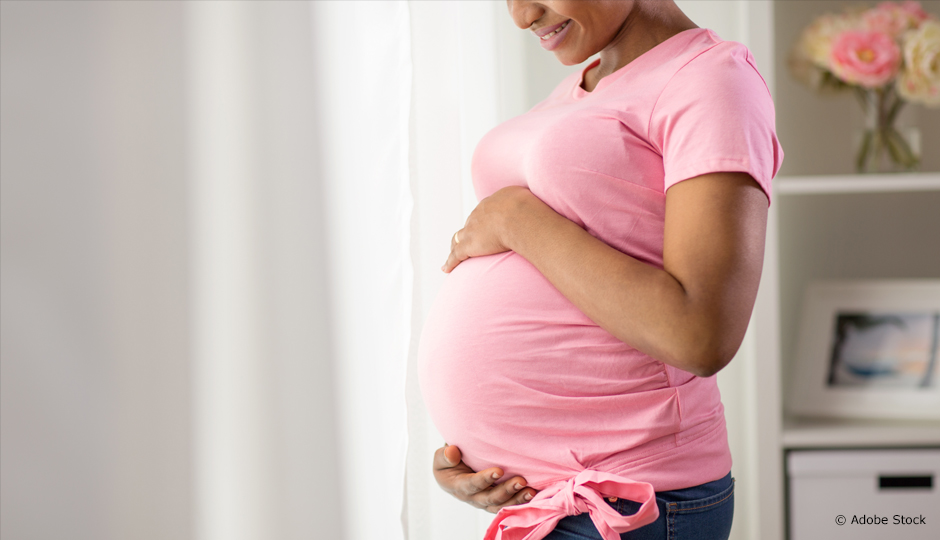
The examination can even be conducted remotely and the images assessed in real time by experts at CHU de Québec.
Since the early 2000s, the number of caesarean sections has been rising steadily. In some of the province’s health centres, the procedure now accounts for up to 30% of deliveries. Among the factors that explain the increase is the risk of uterine rupture. Occurring in 1% of women who try to have a vaginal birth after a previous caesarian, a uterine rupture—when the uterus tears open—can lead to fetal asphyxia. While the risk is minimal, the consequences can be very serious. Only 16% of pregnant women who previously had a C-section choose to attempt a vaginal birth.
Emmanuel Bujold, obstetrician-gynecologist and researcher at the CHU de Québec-Université Laval Research Centre, analyzed thousands of cases of pregnant women and showed that an ultrasound of a woman’s caesarian scar to measure the thickness of the scar tissue can help determine her risk of uterine rupture. Mothers can therefore make an informed decision about their delivery. The examination can even be conducted remotely and the images assessed in real time by experts at CHU de Québec.
The World Health Organization has affirmed that while C-sections save lives, they are often performed without being medically indicated. Vaginal delivery should always be the aim given the significant health benefits for the baby, including fewer respiratory and pulmonary complications and the lower risk of diabetes.
Dr. Bujold also found that it is possible to reduce the risk of preeclampsia by giving aspirin to women with abnormal placental implantation, which is an early sign of the disorder, in the first stages of their pregnancy. Preeclampsia causes hypertension in women who are close to delivering and slows fetal growth: two conditions that can require an early C-section for the health of the baby and mother.
